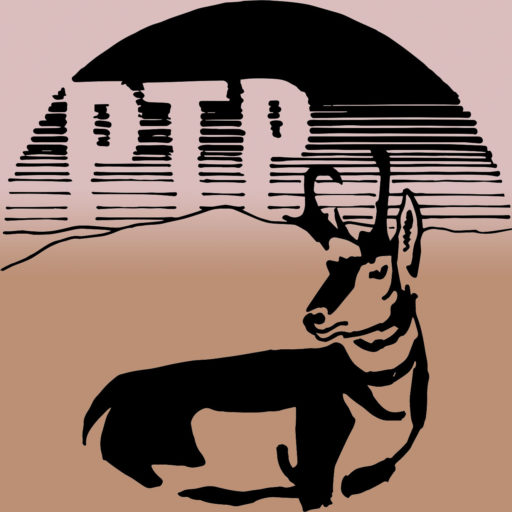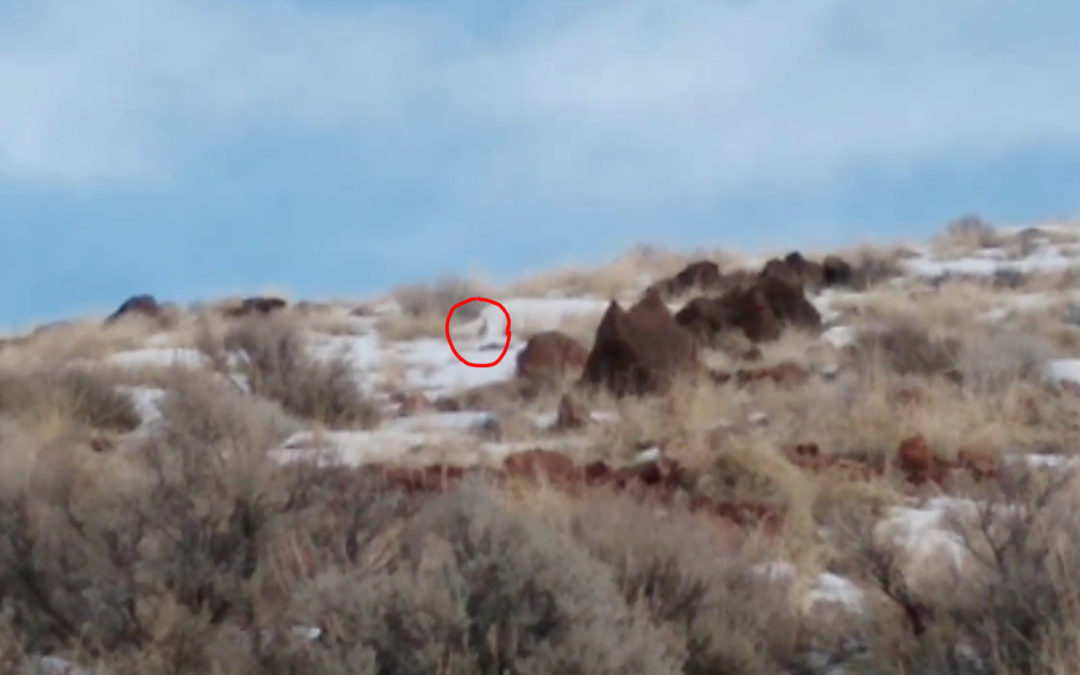Thank you Sarah G for your video of sage-grouse at Thacker Camp. It is so exciting to see sage-grouse in the area, although sad too, knowing what may happen to their home.
The BLM issued a permit allowing Lithium Americas to mine Thacker Pass, despite the fact that Nevada Department of Wildlife reported 63 tracking locations generated by at least 30 radio-marked threatened sage-grouse at Thacker Pass, and that the chance for occurrence of sage-grouse in the area is “high” because the area is preferred habitat for sage-grouse. From the EIS, the BLM describes Thacker Pass as the perfect sage-grouse habitat:
“Sagebrush steppe; nest in areas with relatively dense cover from big sagebrush; may use areas with rabbitbrush, greasewood, and grassy areas; leks are located in clear areas such as broad ridgetops, grassy swales, dry lakebeds, and sometimes recently burned areas.”
Sage-grouse are not listed as an endangered species, but they are severely threatened by cattle grazing, oil and gas drilling and fracking, as well as mining. Their preferred habitat, sagebrush steppe, is in steep decline. Sage-grouse used to number in the millions, and this number has fallen to around 400,000 as their habitat has dwindled.
Perhaps most gallingly, the BLM argue in the EIS that it’s okay to destroy this sage-grouse habitat because the area has already “experienced population declines due to wildfire and fragmentation of suitable habitat.”
In other words, it’s fine to go ahead and destroy some of the best sage-grouse habitat left in the state because it’s already degraded due to human activity (wildfires in the area are exacerbated by climate change and cattle grazing, and fragmentation is due to roads and other development).
Unfortunately, the BLM is allowed to permit mining activity in areas where sage-grouse and other threatened species live despite the requirement that they are supposed to “avoid new disturbance.” They can do this because if avoiding new disturbance “is not feasible” (obviously not with a mine), they are allowed to permit the mine anyway as long as disturbance is “minimized” or “mitigated” in alignment with the Greater Sage-Grouse Amendment (GRSG) to the Approved Resourced Management Plan on the Environmental Impact Statement. As the BLM writes:
“The GRSG Amendment provides guidance on measures to avoid and minimize potential impacts resulting from proposed projects in addition to providing appropriate measures to compensate for impacts that are unavoidable to Greater SageGrouse habitat resulting from development projects.”
In other words, as long as the company “compensates for impacts”, the mining can proceed, despite the impacts to sage-grouse. What does this “compensation” look like, and does it help the sage-grouse who are losing their homes?
Essentially, Lithium Americas (and their subsidiary operating in Nevada, Lithium Nevada (LNC)) is required to purchase “compensatory mitigation credits” that the BLM can use to fund saving sage-grouse habitat somewhere else at some point in time.
The BLM says that LNC is acting appropriately because LNC has purchased said credits, and “LNC has consolidated its proposed facilities at the mine site and limited surface disturbance to the greatest extent practicable. LNC has worked with the BLM to avoid effects of human activity on GRSG and habitat.” In addition, “LNC has further reduced potential impacts by incorporating some previously authorized facilities in addition to implementing concurrent reclamation in areas where no further activity is approved or planned.”
The BLM has complicated rules about how much disturbance is allowed on the land. But if more disturbance happens to the land than is allowed, then they have ways to get around that too:
“Compensatory mitigation for residual impacts to PHMA [Priority habitat management areas] unable to be avoided and minimized would be offset by LNC through the voluntary purchase of conservation credits through the Nevada Conservation Credit System or through habitat enhancement conducted on off-site parcels located near the Project site.”
In other words, the BLM admits that Thacker Pass is a “priority habitat” for sage-grouse, and yet they have permitted this mine. The credits purchased by LNC are in the form of money the BLM will use to save sage-grouse habitat elsewhere—habitat already used by sage-grouse that is under threat. Note of course that this doesn’t add new sage-grouse habitat, it just prevents more losses. In addition, these credits do not help the sage-grouse who live at Thacker Pass at all. Credits or no credits, those sage-grouse (and all the other beings who live there) are losing their homes.
Imagine a bulldozer comes by to bulldoze down your house. You complain, but the driver of the bulldozer says: Hey it’s okay that I’m bulldozing down your house because in the next town over, we saved another house from destruction thanks to the credits that I bought that allow me to bulldoze down your house.
Does that make you feel any better about the bulldozer destroying your house? No? Didn’t think so.
For more information read the Thacker Pass Lithium Mine Project Final EIS and Appendix N: Project Consistency with 2015 and 2019 Greater Sage-Grouse Approved Resource Management Plan Amendments (CRSG ARMPA).


Recent Comments